The promise of the Eucharist
The Church honors the Eucharist as one of her most exalted mysteries, since for sublimity and incomprehensibility it yields in nothing to the allied mysteries of the Trinity and Incarnation. These three mysteries constitute a wonderful triad, which causes the essential characteristic of Christianity, as a religion of mysteries far transcending the capabilities of reason, to shine forth in all its brilliance and splendor, and elevates Catholicism, the most faithful guardian and keeper of our Christian heritage
By the miracles of the loaves and fishes and the walking upon the waters, on the previous day, Christ not only prepared His hearers for the sublime discourse containing the promise of the Eucharist, but also proved to them that He possessed, as Almighty God-man, a power superior to and independent of the laws of nature, and could, therefore, provide such a supernatural food, none other, in fact, than His own Flesh and Blood.
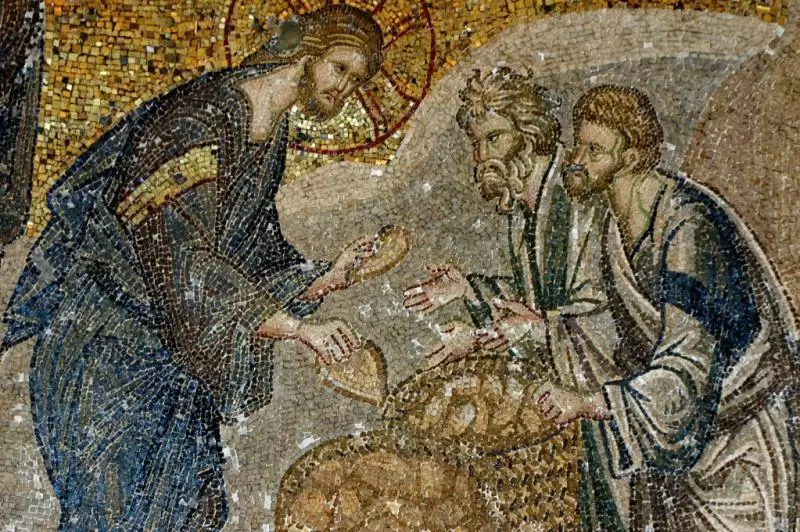
Eucharistic miracles
The fact that Christ is really made manifest in the Eucharist is deemed a Eucharistic miracle; however, this is to be distinguished from other manifestations of God. The Catholic Church distinguishes between divine revelation, such as the Eucharist, and private revelation, such as Eucharistic miracles. Reported Eucharistic miracles usually consist of unexplainable phenomena such as consecrated Hosts visibly transforming into myocardium tissue, being preserved for extremely long stretches of time, surviving being thrown into fire, bleeding, or even sustaining people for decades.

The Eucharistic miracle of Sokolka: The host is tissue from heart of a dying man.
First of all the whole structure of the discourse of promise demands a literal interpretation of the words: “eat the flesh of the Son of man, and drink his blood”. For Christ mentions a threefold food in His address, the manna of the past (John 6:31, 32, 49,, 59), the heavenly bread of the present (John 6:32 sq.), and the Bread of Life of the future (John 6:27, 52). Corresponding to the three kinds of food and the three periods, there are as many dispensers — Moses dispensing the manna, the Father nourishing man’s faith in the Son of God made flesh, finally Christ giving His own Flesh and Blood. Although the manna, a type of the Eucharist, was indeed eaten with the mouth, it could not, being a transitory food, ward off death.
The second food, that offered by the Heavenly Father, is the bread of heaven, which He dispenses hic et nunc to the Jews for their spiritual nourishment, inasmuch as by reason of the Incarnation He holds up His Son to them as the object of their faith. If, however, the third kind of food, which Christ Himself promises to give only at a future time, is a new refection, differing from the last-named food of faith, it can be none other than His true Flesh and Blood, to be really eaten and drunk in Holy Communion.
This is why Christ was so ready to use the realistic expression “to chew” (John 6:54, 56, 58: trogein) when speaking of this, His Bread of Life, in addition to the phrase, “to eat” (John 6:51, 53: phagein). Cardinal Bellarmine (De Euchar., I, 3), moreover, calls attention to the fact, and rightly so, that if in Christ’s mind the manna was a figure of the Eucharist, the latter must have been something more than merely blessed bread, as otherwise the prototype would not substantially excel the type. The same holds true of the other figures of the Eucharist, as the bread and wine offered by Melchisedech, the loaves of proposition (panes propositionis), the paschal lamb.

The totality of the real presence
In order to forestall at the very outset, the unworthy notion, that in the Eucharist we receive merely the Body and merely the Blood of Christ but not Christ in His entirety, the Council of Trent defined the Real Presence to be such as to include with Christ’s Body and His Soul and Divinity as well.
Some saints reportedly received Holy Communion from angels. One example is the visionaries of Our Lady of Fatima receiving the Eucharist from an angel. The angel, “whiter than snow, … quite transparent, and as brilliant as crystal in the rays of the sun,” proffered the Eucharist host and chalice to the Holy Trinity in reparation for the sins committed against Jesus Christ, then administered the Eucharist to the visionaries and instructed them to make acts of reparation.
Quick Learning
Have you heard of these Eucharistic miracles? These, and more, all confirm the faith in the Real Presence of the Body and Blood of the Lord in the Eucharist!
Read more: The Eucharistic miracle that occurred at Fatima
http://bit.ly/Aleteia_FBFatimaEuchari…
wisdom was hidden in things from the foundation of the world
Become Part of Catholic Principle to Further Your Knowledge.

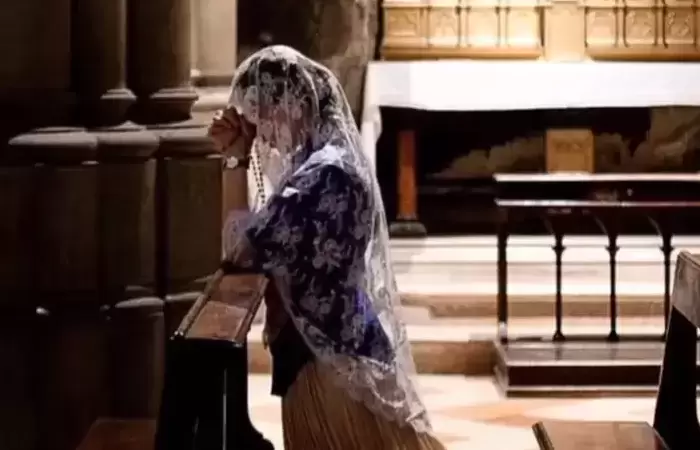


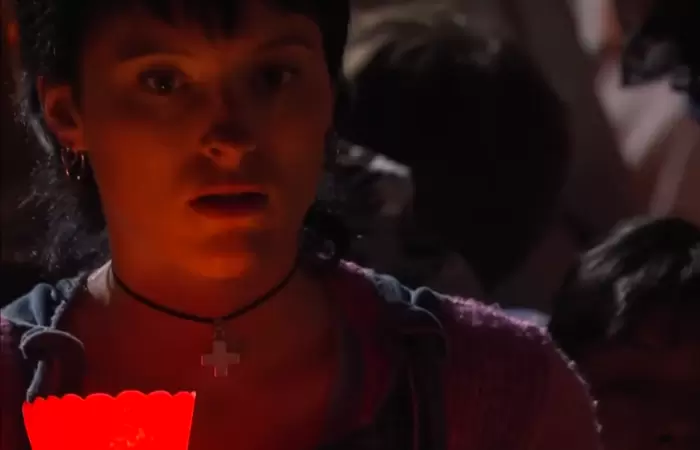
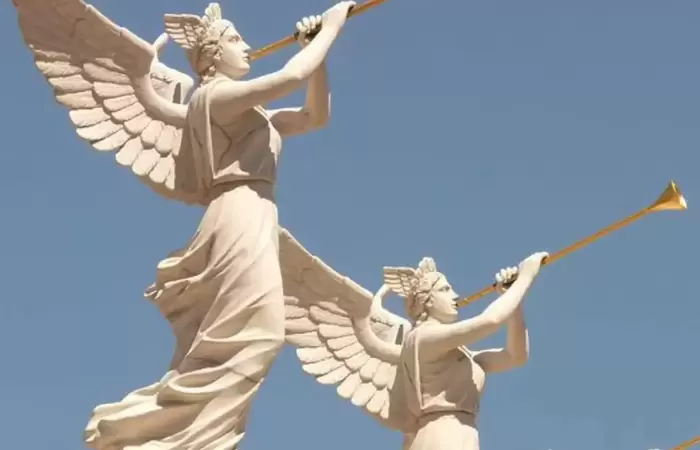


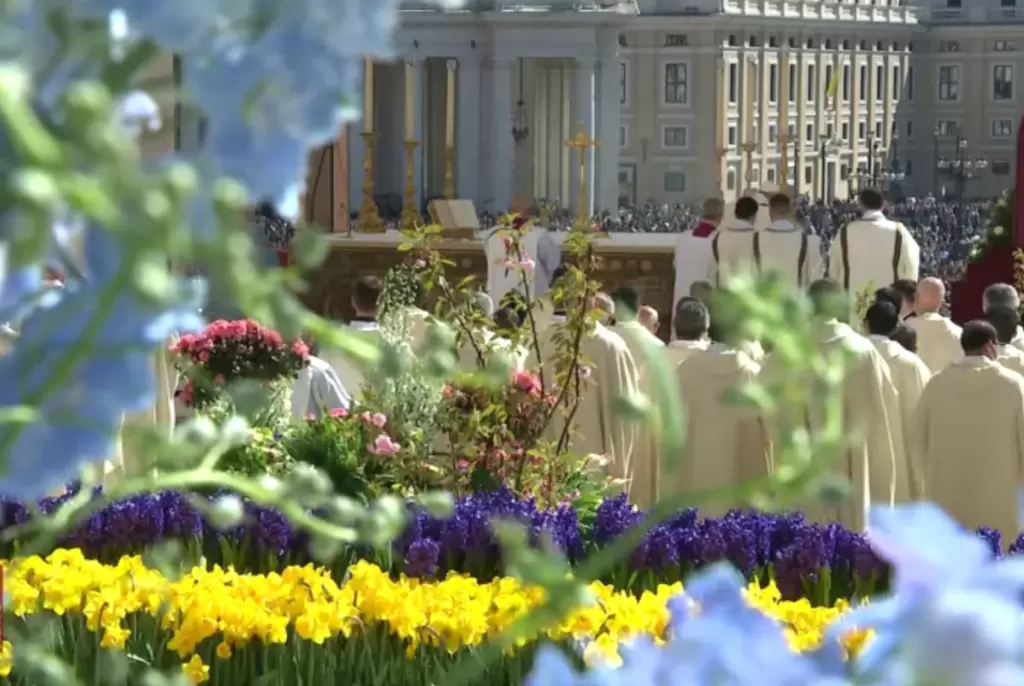
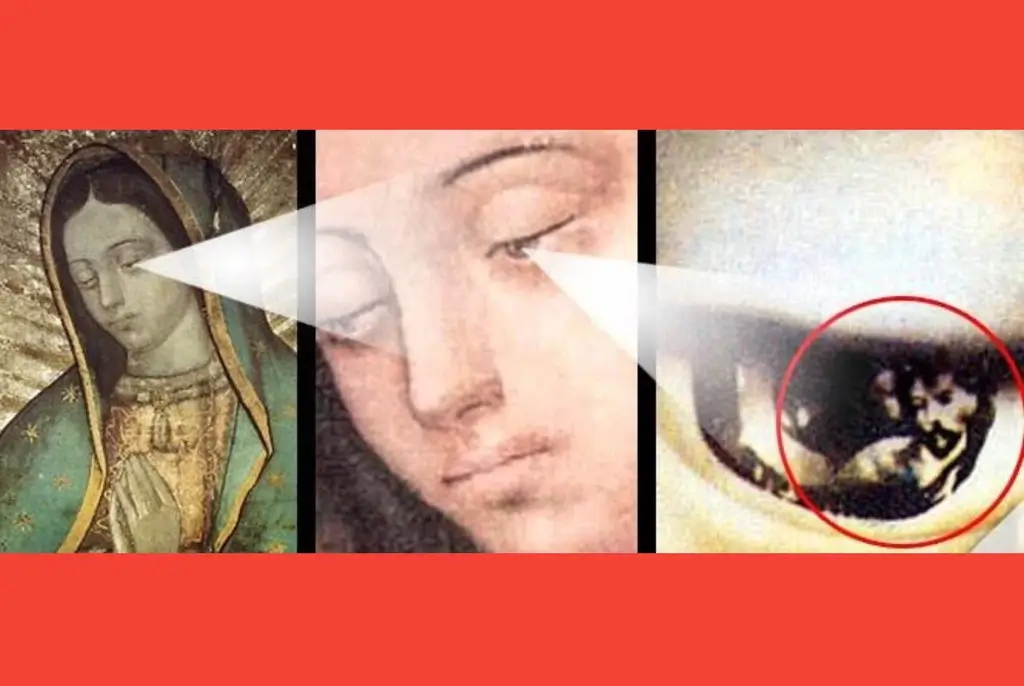





Leave A Comment